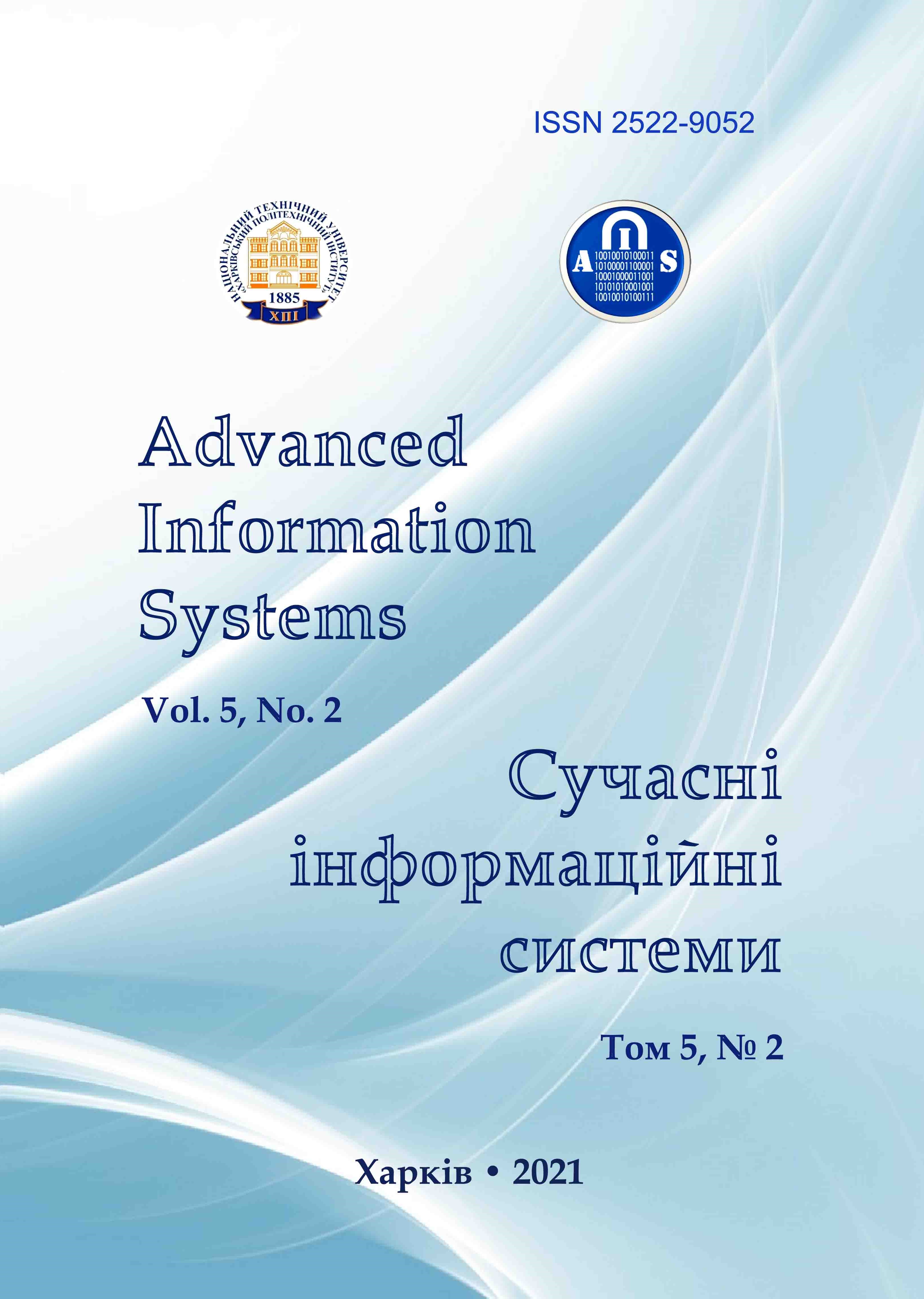Comparative analysis of the organization of cloud infrastructure
Main Article Content
Abstract
Most technology experts consider cloud computing to be one of the most influential IT trends of the twenty-first century. Over the past two decades, cloud computing has made significant changes in the IT industry, and most organizations now use the cloud-first approach in their technology needs. The cloud platform is a set of services and credentials provided by developers. They provide users with access to computing resources and analytics tools, as well as data warehouses, servers, software, etc., for regular users and large companies. Cloud computing is a new model of providing and using a variety of IT resources, including computing power (servers), storage space, network bandwidth and applications. Resources in this model are pooled and provided on demand, and payment is made for actual use. The model itself is highly adaptable and has excellent network access capabilities. Cloud computing has many advantages over traditional enterprise infrastructure solutions, offering services and services, and more. Such advantages include: flexibility, scalability, payment for actual use, high reliability, and failover. Cloud computing can significantly improve the availability of IT resources and provide many advantages over other computing methods. For example, they can provide access to services without interacting with service providers. And all the resources on the cloud are available to any user, ie users can dynamically rent physical or virtual resources and do not need to know their origin or place of residence. In addition, all resources on the cloud computing platform can be deployed quickly and without stopping.
Article Details
References
Tucha, Hybrid storage, available at: http://tucha.ua/blog/gibridnoe-oblako/.
Servio, Hybrid storage, available at: http://servionica.ru/services/138/.
ZDNet, Hybrid cloud: What is it, why it matters, available at: http://www.zdnet.com/article/hybrid-cloud-what-it-is-why-it-matters.
Mell, Peter and Grance, Timothy (2011), The NIST Definition of Cloud Computing, 6 p.
Wikipedia, Google Drive, available at: https://en.wikipedia.org/wiki/Google_Drive.
Google, Enable API Google, available at: https://console.developers.google.com/flows/enableapi?apiid=drive.
Bogdanov, A.V. and Ye Myint, Naing (2013), “A comparison of several cloud computing platforms”, Vestnik St. Petersburg University, Ser. 10, Issue 2, pp. 102-110.
Cynthia, Harvey (2020), AWS vs Azure vs Google Cloud: 2021 Cloud Platform Comparison, available to: https://www.datamation.com/cloud/aws-vs-azure-vs-google-cloud
(2021), Terrafrom documentation, available to: https://www.terraform.io/docs/index.html
